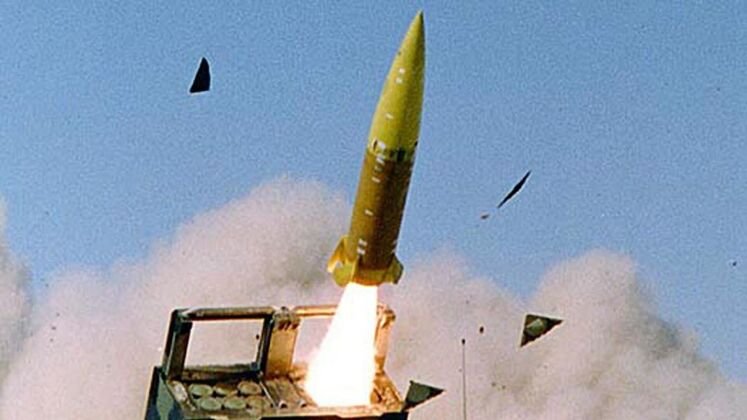<p >On November 19 the Ukrainian Armed Forces launched the first precision guided strike using Western-supplied missiles on targets on internationally recognised Russian territory, attacking the city of Bryansk 280 kilometres southwest of Moscow. The Russian Defence Ministry reported that six missiles were launched, and claimed that five were shot down and one was damaged. Previously strikes using Western supplied missiles were only permitted to be launched against targets on what Western countries consider to be Ukrainian territory – namely the disputed Crimean Peninsula and the Donetsk, Kherson, Luhansk and Zaporizhzhia regions. Ukraine has launched missile and drone strikes on internationally recognised Russian territory in the past, but only using its more limited arsenals of Soviet-built missiles, namely the OTR-21 Tochka, as well as using a range of drones. European states have for months been strongly lobbying the United States to allow Ukraine to use Western weapons, which rely on the American GPS for guidance, to strike freely across Russian territory.&nbsp;</p><p ><img src=" title="ATACMS Ballistic Missile Launch" ></p><p >The Russian Foreign Ministry had previously stated that the country would perceive the launches of long-range missiles controlled by U.S. military experts as a qualitatively new phase of the war on the part of the West. While the full extent of Russia’s response to this escalation remains uncertain, President Vladimir Putin on November 19 approved an updated nuclear doctrine for Russian Federation which was widely seen as a response. The new doctrine significantly lowered Russia’s threshold for use of nuclear weapons, and included the following provisions:&nbsp;</p>Aggression against Russia and its allies by a non-nuclear state with the support of a nuclear state would be considered a joint attackRussia can use nuclear weapons in the event of a critical threat to the sovereignty and territorial integrity of Russia or of Belarus&nbsp;The conditions for the use of nuclear weapons include the launch of ballistic missiles against Russia&nbsp;A nuclear response from Russia is possible in the event of a "critical threat to its sovereignty" even with conventional weapons, such as a large scale attacks involving military aircraft, cruise missiles, drones, or other aerial systems crossing the Russian borderThe provision of territory and resources for aggression against the Russian Federation is also the basis for nuclear deterrence<p ><img src=" title="Launch of British Storm Shadow Cruise Missile by Ukrainian Su-24 Fighter"></p><p >Despite several <a href=" >European states lobbying strongly </a>for unrestricted attacks very deep into Russia, it is expected that the compromise reached with the United States would only allow for limited attacks focused on regions adjacent to Ukraine such as Kursk and Bryansk. Such strikes are unlikely to lead Russia to threaten a nuclear response, but have the potential to seriously disrupt supply lines and complicate Russia’s defence posture, while also slowing down the <a href=" target="_blank">rapid destruction </a>of Ukrainian and allied Western forces in the Russian Kursk region. The complexity of attacks using satellite guided missiles requires an extensive presences of Western forces on the ground in Ukraine to facilitate them, which when considered alongside the missiles’ heavy reliance on Western Bloc satellites, and particularly the American GPS network, had led them to be widely considered to be jointly launched by Western Bloc states and by Ukraine. Ukraine’s capacity to launch such attacks is <a href=" >expected to be expanded </a>as European states escalate deliveries of cruise missiles to the country, including French SCALP cruise missiles for the <a href=" >Mirage 2000 fighters&nbsp;</a>set to be delivered to the country, and possibly missiles that can be <a href=" >integrated</a> onto Ukrainian F-16 fighters. The Biden administration was notably&nbsp;<a href=" >highly hesitant to provide&nbsp;</a>Ukraine with F-16s, and only provided a green light for<a href=" >&nbsp;European states to supply </a>their older F-16s after an extensive lobbying campaign by multiple European countries.&nbsp;</p>
Ukraine Launches First ATACMs Strikes on Russia Proper: Moscow Revises Nuclear Doctrine to Respond

